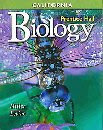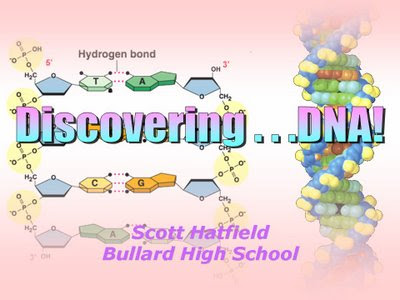Yes, it's true.....from time to time, I assign forms of detention to my students, usually for gross academic negligence rather than misconduct.
I usually start by assigning detention at lunch ("Study Hall"), and I
expect my students will arrive within ten minutes of the lunch bell to
serve it, with or without lunch. I allow students to eat in my room
during lunch, and I also provide them something to do that gives them an
opportunity to raise their grade, which is typically disastrous by the
time I assign Study Hall.
Now, students can decide for
themselves whether this is a
punishment or an
opportunity, and their
attitude about Study Hall will no doubt have an effect on whether or not
this intervention will prove helpful. Frankly, as a personal matter
I'm more interested in their choices than their feelings. If they feel
motivated by having the
opportunity to raise their grade, and they make
the choice to take their work seriously and complete it, that's great.
On the other hand, if the student simply thinks they are being punished, and their only motivation
is to do whatever they are supposed to do to avoid future punishment of the
same sort, they probably won't get as much out of it as the student who treats it like an opportunity. But, in the end, the outcome is likely to be the same: that is, they make the
choice to take their work seriously and complete it, and get an opportunity to raise their grade.
My philosophy on how I respond to students not doing the things they should has been shaped by experiences listening to other teachers and administrators. I have often heard exasperated colleagues talk as if they are drawing a line in the sand, about what they are willing to do with a
particularly difficult student who has already exhausted the usual
remedies. The comment usually goes something like this: "The student has the right to
fail."
That's absolutely true. Teachers have to admit that the
student has the right to fail, and that no teacher can force a student to care about their grade or their future. We can't really force students to do the work needed to pass their classes. They can choose to fail, if they like. However, that is really not the issue. What matters to me is this: as their teacher, I
not only have the right, but I have the moral obligation to make the
choice as difficult as I can.
So, let's suppose that
the student doesn't attend Study Hall as I direct, and their parent or
guardian won't excuse that absence. In that case, the student is
defiant. I'll assign the student after-school detention, which is strictly
punishment, and that will bring the matter to administration's
attention. And then I'll call the home, and give the parent an
earful. And then I'll (firmly) assign Study Hall again. At this
point, the student will usually attend. Those who make a different
choice typically don't last much longer with me, or with the public
schools.
Now, it would be a mistake to think this always achieves the desired goal, or that I don't have other strategies to motivate students.
I do, and after nearly fifteen years of teaching, I know what will work
for me and what won't work. Some kids are going to need more
motivation than an occasional Study Hall.
For those kids, I will offer Saturday School.
This is another
opportunity, only longer and more grating on the
student's sense of their freedom. Unlike Study Hall at lunch, which I
assign as I see fit, I will enlist the parent's support before I assign
it, and will expect students to complete a permission slip to receive
the opportunity. Most parents, as it turns out, will support this
intervention if given sufficient advance warning.
Students and parents: as you might guess, I'm posting this on the blog because I'm getting ready to start intervening for students whose grades are very low, and who are not completing most of their work, as they should. I hope that by clearly stating up-front what strategies I use that students who are assigned Study Hall will realize they are getting an opportunity, and take advantage of it.













































